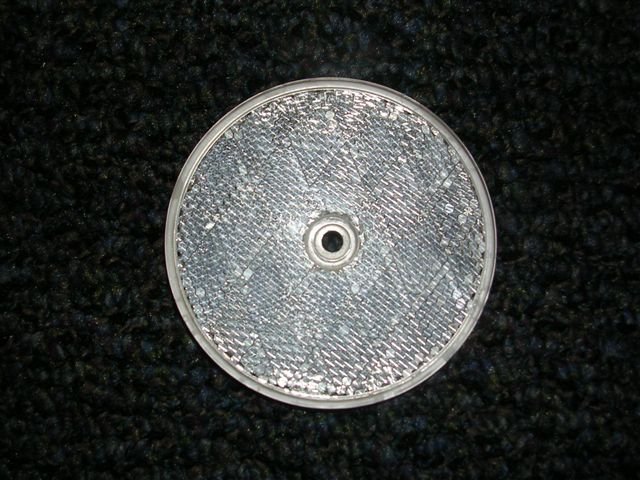
Reflectors are helpful anytime you have a single, directional light source but need more than that. You can even use DIY reflectors made from aluminum foil, white cardboard, silk, or anything you have at hand. If you work with unpredictable sources of light or subject matters (e.g., outdoor photographs), choose the most versatile and adaptable option (e.g., a 5-in-1 kit). Multiple panels may be best for food photography.An umbrella is best for for studio portraiture.A beauty dish is best for fashion and beauty editorials.If you work in a studio, know exactly what lighting design you need and consider the same subject matter when choosing a reflector.

Consider your usual photo setup and workflow to choose the best one for you. Often they are collapsible so that you can carry them around. You can find reflectors in many shapes (e.g., circular, umbrella, panel, beauty dish), sizes, and kits that include all color options. Of all colors, silver has the highest reflectivity. White and silver reflectors don’t alter the color of the light, while gold ones make the light look slightly warmer (e.g., sunset light). The color of the reflector also influences the quality of the light. A reflector with a shiny surface produces bright reflections, while one with a matte surface reflects less light and produces a soft and even light. Reflectors are characterized by reflectivity and color. They work equally well with flash and continuous light sources, sunlight, and artificial light sources. They often take the place of a secondary light source. Reflectors are a great way to use a single light source in multiple ways. By adjusting the reflector’s position, you change the reflection angle and control the lighting effect. This allows you to change the direction of the light onto your subject.įor example, if the light source is on the subject’s left side, you can place a reflector on its right side and achieve illumination from both sides. As a result, when the light hits the reflector, it bounces back at an equal angle. What is a Reflector?Ī reflector is an object with a highly reflective surface. Two simple options for modifying the light in photography are reflectors and diffusers. You have to be able to adjust the intensity, direction, and color of the light to put the amount of light you need in the right place - whether you use natural light, an artificial light source, or a combination of the two. How well you control the light dictates the quality of your photos. If you want to go a little deeper into these portrait lighting setups, the next article defines the butterfly lighting technique with more examples to help you master the look.Getting the right lighting is essential for both outdoor and indoor photography. A blurred tree in the background could contrast well with the defined facial features of your subject.

If you’re shooting outside, find a tree or landscape backdrop to blur. If you’re using iPhone portrait mode, it does this for you. Use a shallow depth of field to capture a blurred background. Soft or blurred backgrounds are great for portraits. This is great for moody, black and white portraits! This kind of lighting uses shadows and darker tones. Just be mindful of lighting a white background, white paper could end up looking shadowy later.įor a black background try using low-key lighting. A white seamless background is a great option for headshots. Backgroundįor portraits, your background shouldn’t be busy. If you don’t have a reflector of your own, use cardboard or a white sheet. What’s available at home? Of course, using natural lighting from a window is a viable option, but if that creates too dramatic shadows on the opposite side of the subject, you can use materials lying around at home to reflect light from the window onto the part of the face with the shadows.


 0 kommentar(er)
0 kommentar(er)
